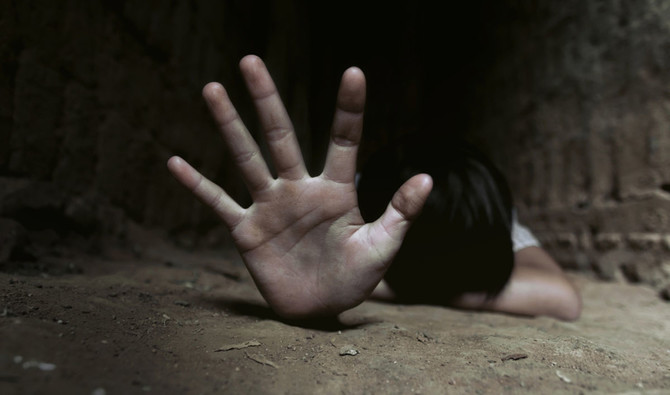The Human Rights Commission of Pakistan has released a new report on the trafficking of girls and women in Pakistan. What is significant about the report is the fact that this is an issue that occurs widely across the country but little is known about the number of women and girls who are trafficked, or in what manner this crime takes place. We hope, the report will lead to further investigation into the matter, and an attempt to follow the recommendations made by HRCP that stakeholders such as the FIA work together to try and resolve the problem by first understanding where and why it occurs most frequently. According to the report, most of those trafficked are women, especially underage girls who are picked up for forced begging, forced marriage, and for the sex trade as well as for other exploitive purposes.
Alarmingly, Pakistan is a source, place of transit, and place of destination for trafficked women and children. These findings have also been noted in other reports including those put out by international organisations. The problem has been ignored for far too long. The reality also is that trafficking is underreported and it is therefore impossible to assess the scale on which it takes place and in which areas it is most frequently centred. Over the years, INGOs have written reports on human trafficking, and there has also been concern that Pakistan’s laws against trafficking are weak, traffickers are seldom prosecuted and influential people complicit in trafficking are allowed to go scot free. One major problem is that the law against sex and labour trafficking requires that it be demonstrated that those being trafficked were subject to force or trafficked against their will. Understandably, many are terrified of testifying against their traffickers and captors.
A proper profile of the human trafficking scenario in the country needs to be drawn up so that the problem can be mapped and better understood. We also need to study what other countries in the region may have done to deal with the problem and see if we can replicate some of the steps taken by them. Perhaps the region can work together to tackle trafficking and work out a joint strategy for this purpose. What is certain is that trafficking is a common occurrence and thousands or even tens of thousands of women and children, if not more, may be affected each year. Clearly we need to work much harder than we have to eliminate trafficking. We should start by beefing up our laws and then working with our neighbours to secure our borders against human trafficking. There needs to be zero tolerance for trafficking, no matter how powerful those involved in the crime may be. This is a crime we have ignored for too long and the consequences are plain for everyone to see.















